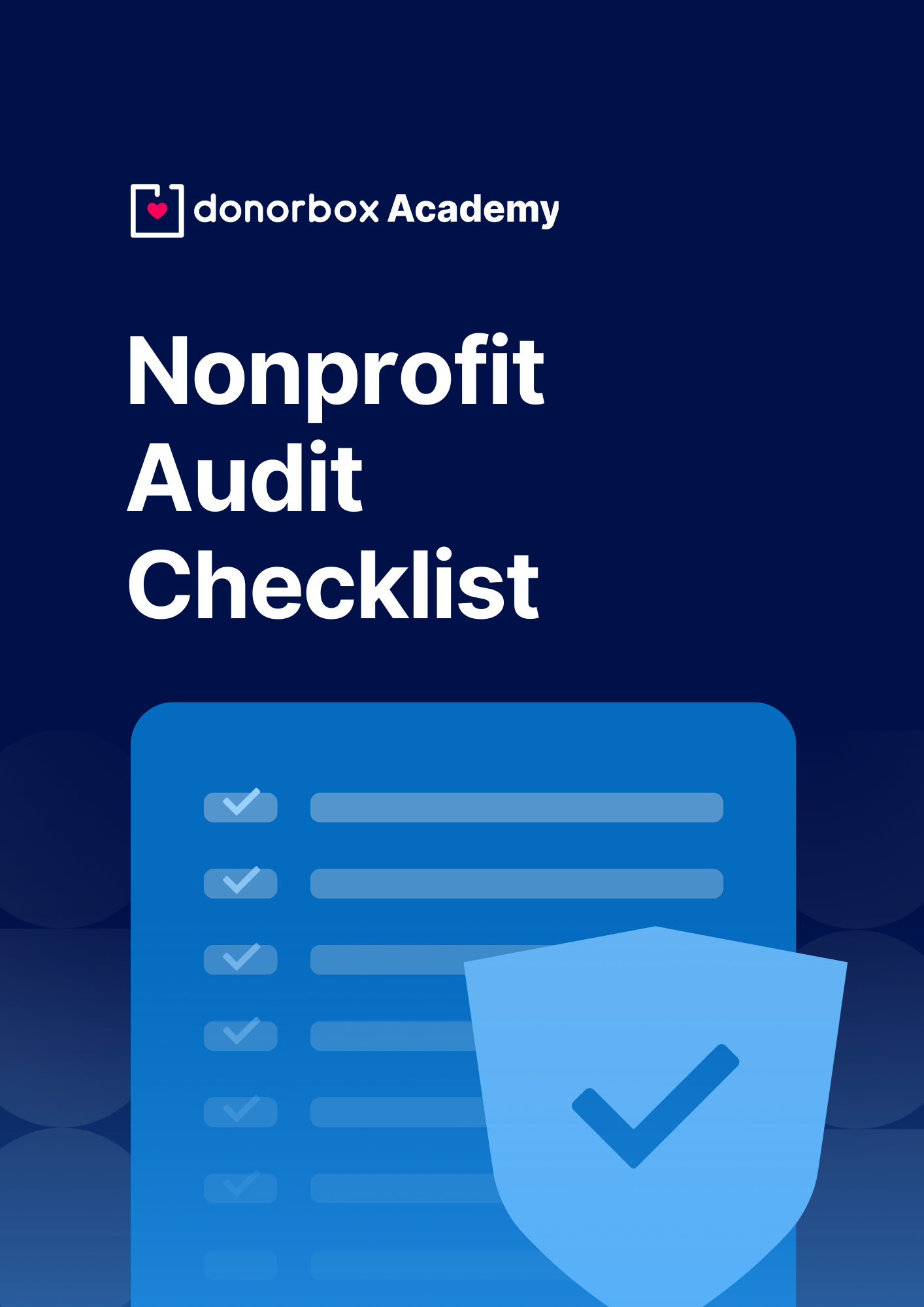Just the word ‘audit’ is enough to make many people at least a little nervous – but it doesn’t have to be scary! Audits enable businesses and organizations, including nonprofits, to improve internal systems and processes, as well as build trust with stakeholders and the public.
In many cases, audits are required. Be sure to check your local laws and regulations to see if your nonprofit must submit an audit or not – here’s a great resource for those in the U.S. But, even if an audit isn’t required for your organization, they still hold many benefits.
First things first, nonprofit audits are one of the most important things you can do to improve the transparency of your organization. Why is transparency important? It shows that you are an ethical, honest organization, and it can have a lasting positive impact on your donors, community, granting organizations, and even staff and board members.
And, speaking of board members, they can be a big help with an audit. One of their responsibilities can – and should – be serving on an audit committee that helps the process run smoothly as well as assists in making any recommended changes following the completion of the audit.
A nonprofit audit may consist of a review of your policies, procedures, and several bookkeeping and financial statements. This gives you the chance to receive an outsider’s perspective on ways you can improve your organization and the way it is run.
But where do you begin?
First things first, download and review the free Nonprofit Audit Checklist above. Then, assemble the audit committee we mentioned above, which can consist of staff, board members, and advisors, and choose a point person. Next, you’ll need to select an auditor – preferably one that specializes in nonprofits – if you do not have one already.
From there, simply follow the rest of the checklist, sticking to the timelines provided, to keep yourself and your audit committee informed and on track. We’ve even broken the process down into different stages as well as types of audits!
Download the Nonprofit Audit Checklist today and get started on improving the transparency of your organization.








